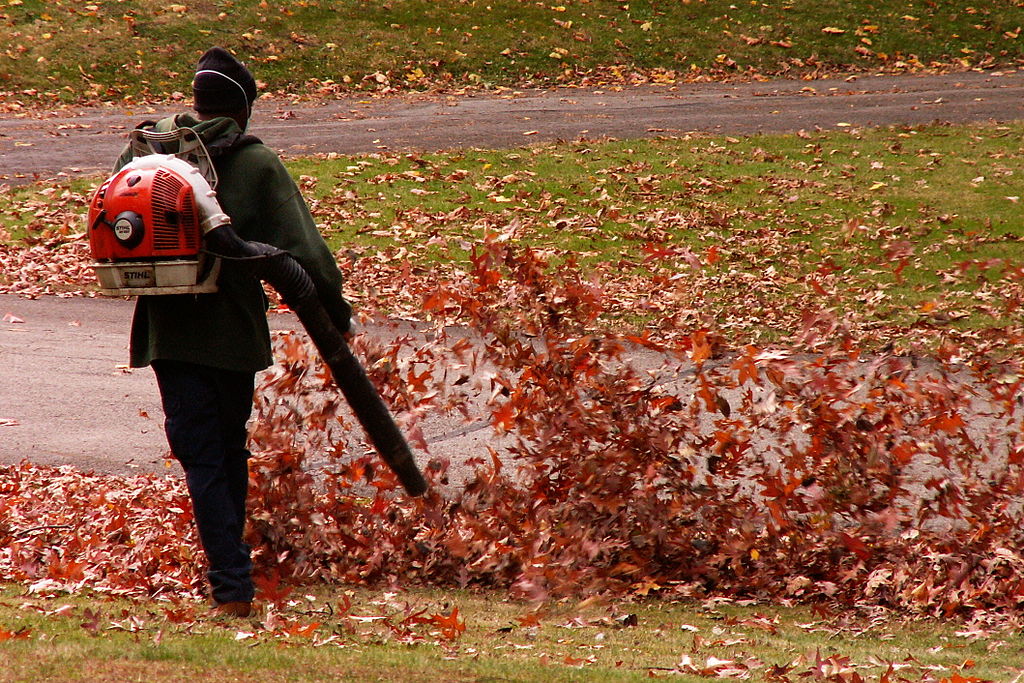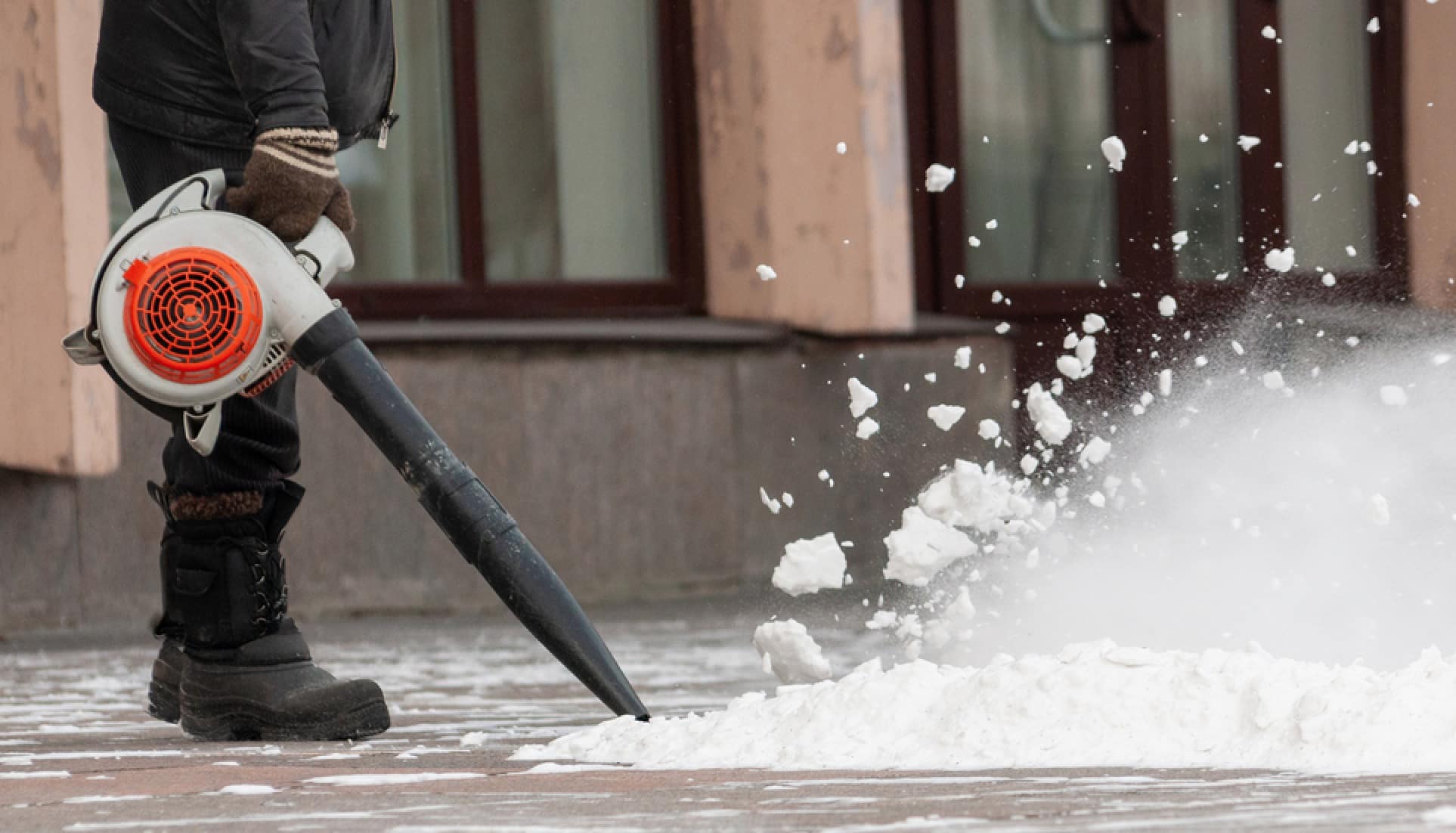| Question | Leaf Blower MPH Versus CFM: What’s the Difference? |
| Answer | They Are Different (and useful) Performance Measurements |
| More Info | 1. MPH (Miles Per Hour): Indicates the speed of air coming out of the blower. Higher MPH can move heavier debris. 2. CFM (Cubic Feet per Minute): Measures the volume of air moved by the blower. Higher CFM can clear larger areas. 3. Balance is Key: The best leaf blower has a balance of MPH and CFM suited to your specific needs. |
MPH VS CFM

Both MPH and CFM tell us how powerful a leaf blower will be able to blow air. CFM stands for cubic feet per minute, while MPH means miles per hour.
CFM is the cubic feet of air that flows through the leaf blower each minute. Miles per hour is the speed at which the air travels. Many people are confused by these rates.
At first glance, they may appear to be almost the same. However, you’ll need to look at both it you want to accurately determine whether the leaf blower you’re planning to buy will be able to meet your needs.
What is CFM?

- CFM (Cubic Feet per Minute): Measures air volume expelled through the leaf blower’s nozzle.
- Importance of CFM: Higher CFM = greater ability to move leaves and debris.
- Typical CFM Range: Between 350 and 600.
- A 500 CFM model moves 500 cubic feet of air per minute.
- High CFM Leaf Blowers:
- Best for large yards.
- Models with 600 CFM can move branches and even rocks; use with caution.
- Low CFM Leaf Blowers:
- Suitable for small tasks like clearing leaves from patios and paths.
- Not recommended for larger yards.
- Common Mistake: Buying a low CFM blower for a large yard.
- Many homeowners underestimate their needs.
- Avoid leaf blowers with CFM around 250 for substantial tasks.
How does CFM relate to MPH?
CFM measures the leaf blowers’ power, while MPH deals with its speed. In a leaf blower, MPH is the speed at which the air moves from the nozzle.
Machines with a high MPH produce fast-moving air, making them stronger. However, this isn’t always the case.
Some leaf blowers have a relatively low MPH rating but are still very strong, especially if the CFM is high. To determine the leaf blowers’ power, you’ll need to look at the CFM and MPH together.
If you’re searching for a leaf blower for a large yard and need to move large amounts of leaves, choosing a machine with a higher CFM rather than a higher MPH is wise.
It’s also worth considering for its comfort and ease of use. Leaf blowers with a higher CFM are usually larger and have heavier motors making them more challenging to use. You’ll be able to move large amounts of leaves quickly, but are you in that much of a rush? If you don’t want to have to lug around a heavy leaf blower, you may choose to trade comfort for speed and invest in a product with a slightly lower CFM.
Consider the CFM and MPH ratio together
To decide which leaf blower to buy, you’ll need to look at the CFM and MPH in conjunction with each other. You’ll also need to consider your yard’s size and what you need to move with your leaf blower.
You’ll see that there are a large selection of leaf blowers on Amazon, all with varying metrics. Here’s a generalization of what these figures mean.
A leaf blower with a low CFM and a high MPH
If the CFM is much lower than the MPH, the manufacturer has likely managed to increase the MPH by using a pipe with a smaller diameter.
This is likely to have created a product that’s not powerful enough for most people. Some products will be ok for shifting small amounts of leaves from garden paths; others will be totally useless unless you’re looking to blow dust out of your computer fan.
A leaf blower with a high CFM and low MPH
A leaf blower with a high CFM and a low MPH is suitable for blowing dry leaves and debris such as hay and perhaps small branches and rocks.
These products may not be able to cope with moving wet leaves. This will depend on additional factors, such as the diameter of the pipe.
A leaf blower with a high CFM and high MPH
If you have a large property and want to be able to move wet and dry leaves, choosing a product with a high CFM and high MPH is the best idea. Ensure that the pipe has a large enough diameter, as this will also affect how powerful the leaf blower is.
Powerful leaf blowers do come at an additional cost; however, these products are durable and long lasting. It may be a good idea to pay for a good quality product.
Hopefully, This Article Helped You Pick the Right Leaf Blower
As you can see from the above examples, CFM is a significant factor and should always be as high as possible. The MPH varies, and you may like to choose a leaf blower with a lower MPH, depending on your budget. It would help if you also considered the diameter of the pipe.
Leaf blowers are available with CFM’s of between 200 to 1000. It’s essential to consider the size of your yard before choosing a new leaf blower. Take into consideration your yards size, your budget, and any other features you require before selecting the best leaf blower for your needs.
You may also be interested in: Best Leaf Blower for Gravel Driveways